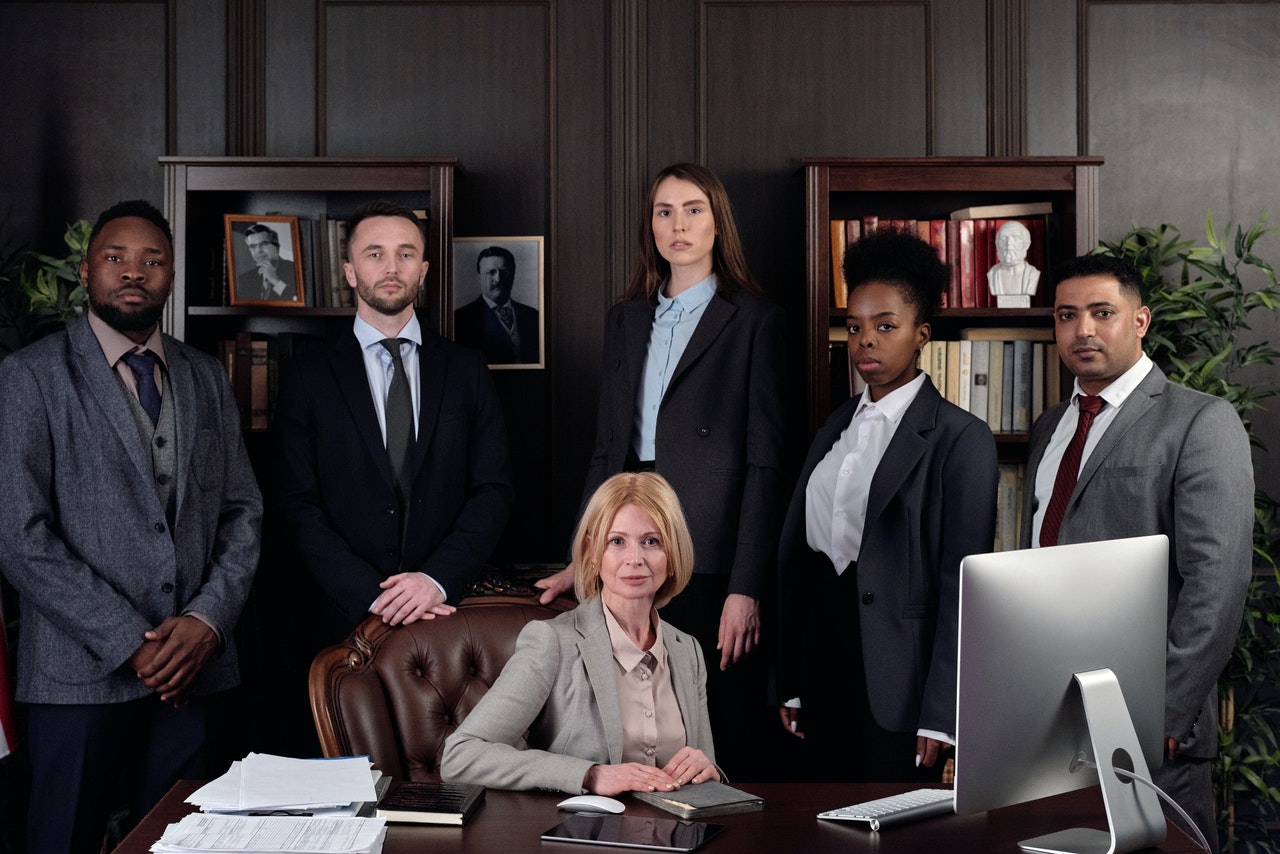It may appear challenging to begin a personal injury claim. In actuality, the process will move easily if you select a reputable personal injury lawyer to represent you in court. Nonetheless, there are a few things you can do to support the validity of your claim. In case you’ve been injured for the first time due to the negligence of someone else, you need to know the vital things to bear in mind.
#1: There is nothing called an ‘automatic’ right to receive compensation
You must demonstrate that the accident or damage was brought on by the careless conduct of a different individual or group (referred to as the Defendant) to be eligible for compensation. Stated differently, there has to be a party responsible for the mishap.
It is typically not viable to file a personal injury claim if you are the only one who caused the crash and no one else was at fault.
#2: You have to keep in mind the future damages
Remember that you may also receive compensation for future damages while you’re drafting a demand letter and assembling proof for a personal injury claim. An injury accident can have disastrous financial consequences at the moment. However, estimating the extent to which those injuries may affect future earnings is a crucial step in the healing process. In actuality, the damages you sustain in the future are frequently far worse than the ones you sustained in the incident right away.
These potential harms may consist of:
- reduced income as a result of being less able to go to work
- ongoing costs for healthcare
- the price of counseling—emotional or physical—and other things
#3: There are restraints to filing a personal injury claim
A three-year statute of limitations applies to the majority of personal injury claims, meaning that legal action must be taken within that time frame after the accident or damage.
Certain claims have a shortened time frame. You must get legal counsel and file your claim as soon as possible for this reason!
#4: Collect photos as evidence to support your personal injury claim
Videos and pictures can be a great assistance when proving your point. If at all feasible, you ought to attempt to snap pictures of:
- The scene of the accident
- The accident’s cause, such as an elevated walkway, pothole, spill, or flaw
- Any harm done to cars or property
- Visible wounds, such as bruises
- Dashcam film is a valuable source of evidence in cases involving traffic accidents.
#5: Exchange details of the accident scene
Discuss specifics at the scene. If there are any other drivers involved, make sure you have their name, address, and registration number. Don’t forget to provide your information to the other motorist.
If at the site of the accident, you forget the data of your insurance company, don’t worry. When the car registration number is accessible, this information can be found later by searching the Motor Insurers Database.
Before choosing a choice, it is advisable to speak with your personal injury lawyer from an authentic website. They may evaluate your case’s merits, offer insightful legal counsel, and explain significant legal ramifications.

